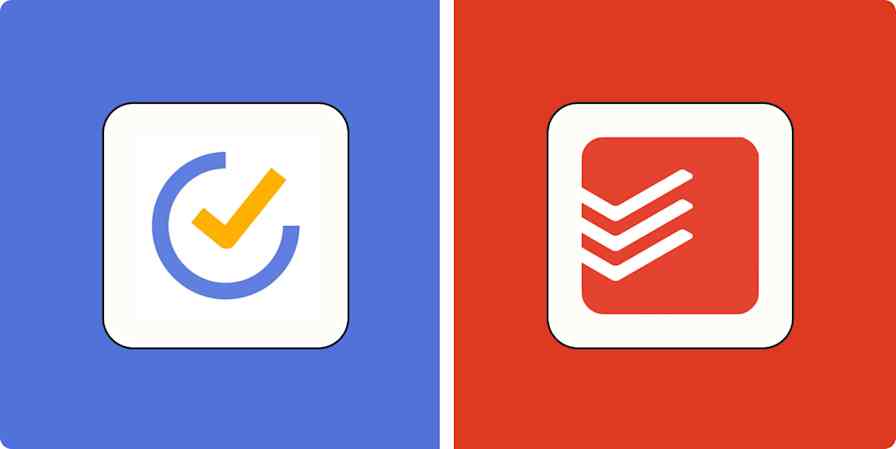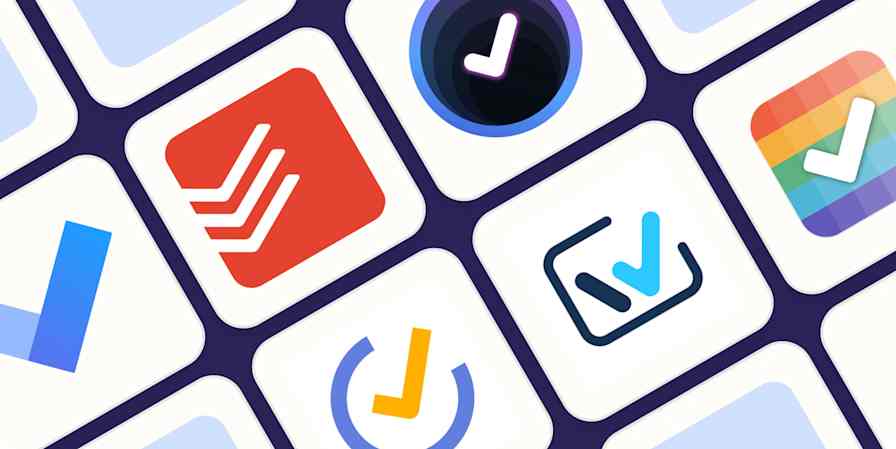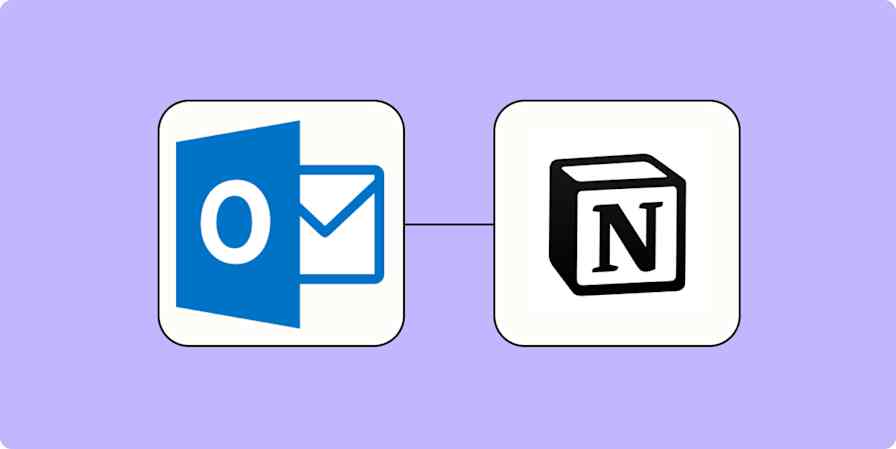Zapier feature guides
6 min readSchedule by Zapier: Automate your recurring tasks
By Elena Alston · November 19, 2024

Get productivity tips delivered straight to your inbox
We’ll email you 1-3 times per week—and never share your information.
mentioned apps
Related articles
Improve your productivity automatically. Use Zapier to get your apps working together.








